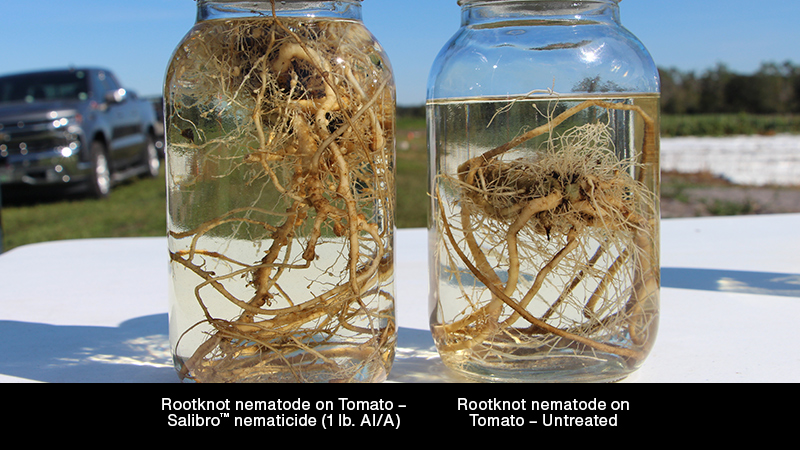New Potato Breeding Program on the Grow in Northeast Florida
Growing potatoes in Northeast Florida is nothing new. Roots for the cash crop there go back more than a century. Researchers at the UF/IFAS Agricultural Extension Center in Hastings, however, are set to launch a program that could change the game in the future for local spud growers. They will be applying knowledge to develop new potato varieties geared to better withstand Florida’s challenging production conditions.
The UF/IFAS program is backed by the support of local potato growers across the Tri-County Agricultural Area (St. Johns, Putnam, and Flagler counties) who are reported to grow more than 20,000 acres of potatoes for potato chips and fresh market consumption.
“We are excited, and growers are excited because it’s an opportunity to provide better varieties for Florida,” says Lincoln Zotarelli, UF/IFAS Associate Professor of Horticultural Sciences.
Scientists working in the potato-breeding program are aiming to produce varieties with enhanced tolerance of heat, humidity, pests, and disease.
“Florida’s environment is really unique compared to other potato-growing environments around the U.S.,” Zotarelli says. “A breeder in Maine is making decisions for a variety that is as good as it can be around the country but is primarily suited for Maine. We lose opportunities by not having a breeding program here.”
In addition to breeding for hardiness to withstand Florida’s environment, researchers currently select varieties that require fewer inputs and produce more for growers.
“We are screening for a variety that is efficient with nutrient use, has high yield, disease resistance, and more,” Zotarelli adds. “In addition to breeding, we are also investigating management aspects of the crop. This includes growing and harvesting practices for different varieties based on spacing, planting, harvest timing, and more.”
RELATED CONTENT: Dig This — New Study Sings Praises of Eating Potatoes
Each year, scientists evaluate more than 2,000 potato varieties at the Hastings Agricultural Extension Center, according to UF/IFAS. With the breeding program, researchers expect to evaluate an additional 7,500 to 15,000 potential new varieties every year.
“We took last year to put all of the proper steps in place for the breeding program, and this year we are scaling up,” says Marcio Resende, UF/IFAS Assistant Professor of horticultural sciences and potato breeder. “It is a cyclical process that we will keep repeating year after year. It’s a slow process but it is well underway.”
How slow of a process it it? Researchers expect the first Florida-bred potato variety to be available in roughly seven to 10 years.
“It may take 10 years before we have something fully impactful that reaches growers’ fields,” Zotarelli says. “We are now one of 13 public potato-breeding programs around the country, but this is the first in Florida.”









